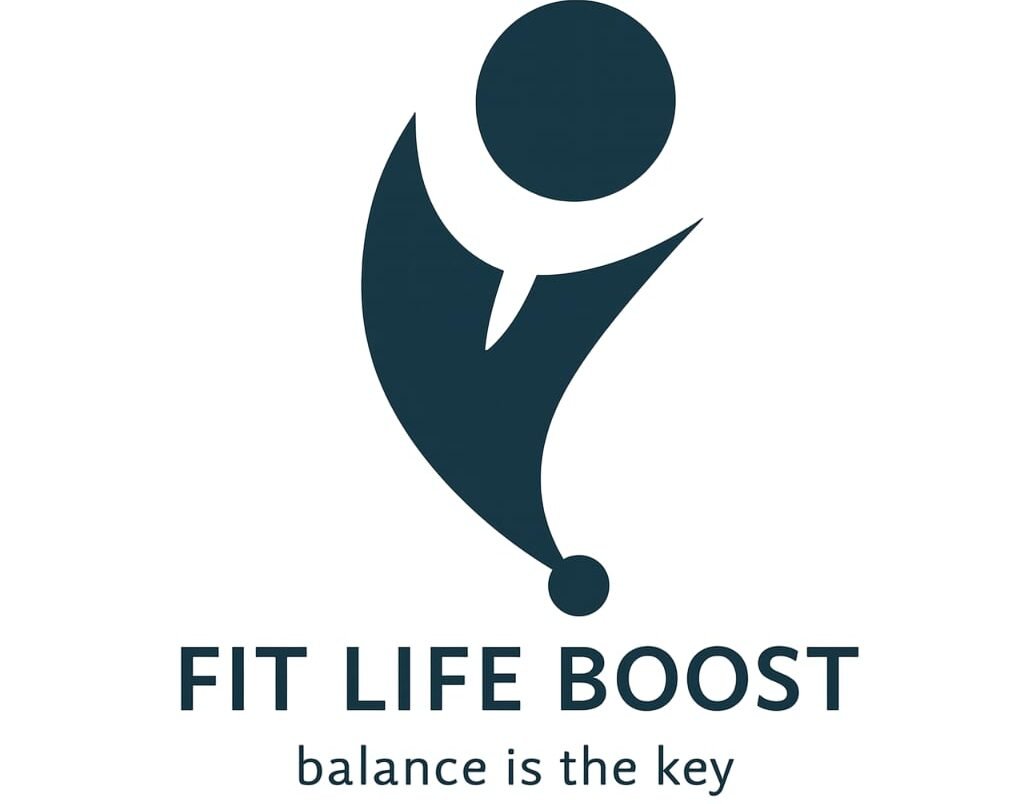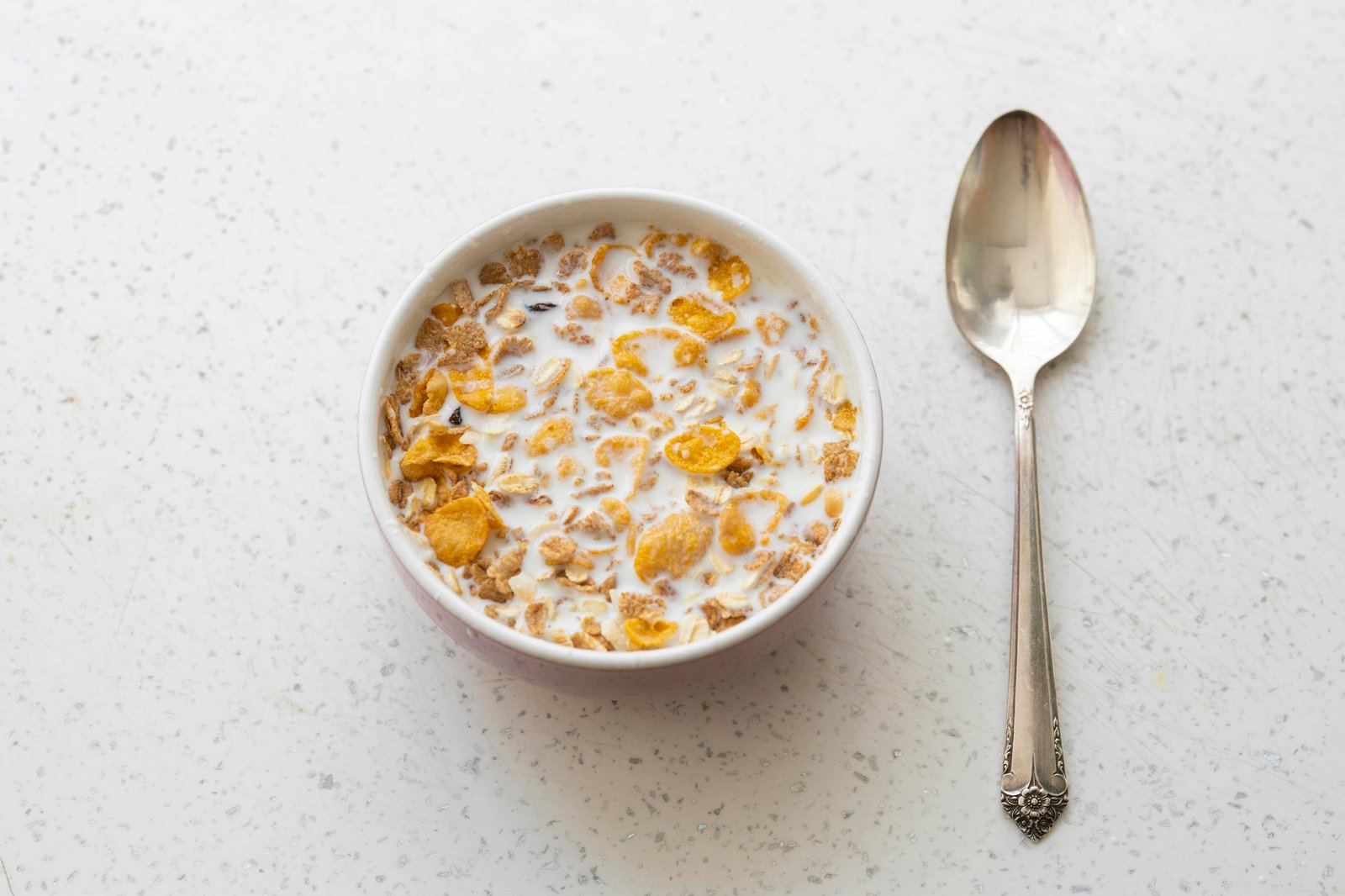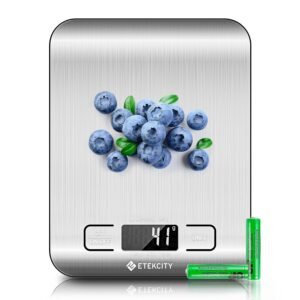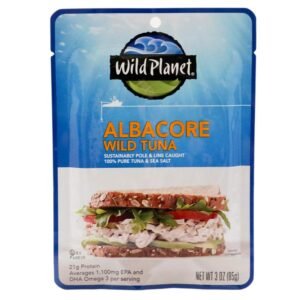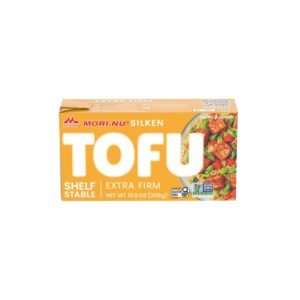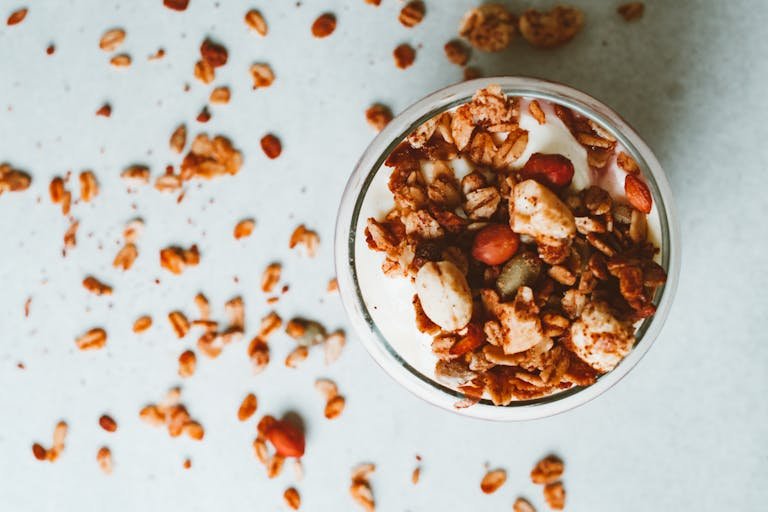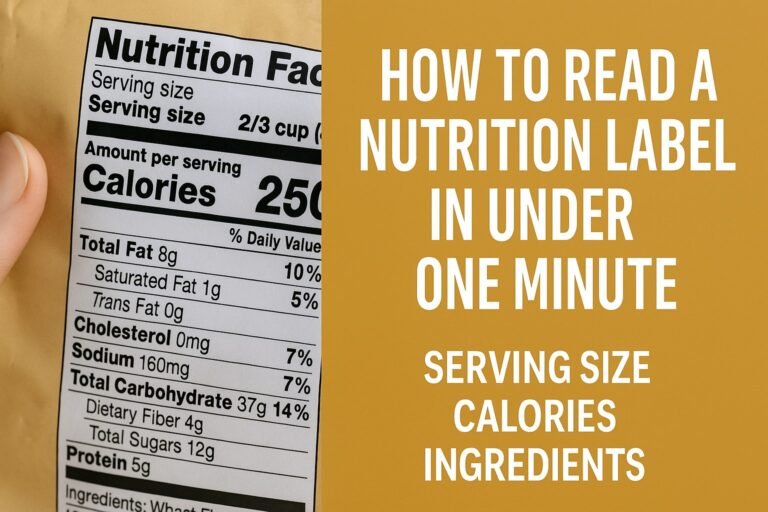What 100g High-Protein foods Looks Like in a Day (Simple Guide)
Hitting 100 grams of protein is a simple, popular target for people who want to feel full, build or protect muscle, and recover well from workouts. It’s also a nice round number that fits many adults’ daily protein intake needs (about 0.7–1.0 g per pound of goal body weight for active folks; ask your clinician for personal advice). Below you’ll find high-protein foods, portion cheat sheets, and several protein meal examples—omnivore, vegetarian, and vegan—so you can see exactly how to reach 100 g without stress.
View Etekcity Food Kitchen Scale on Amazon
Table of Contents
- How to split 100g across your day
- Quick portion cheat sheet (what counts as protein?)
- High-protein foods at a glance (table)
- Sample Day: Omnivore (about 102–110 g)
- Sample Day: Vegetarian (eggs & dairy; ~100–105 g)
- Sample Day: Vegan (no eggs/dairy; ~100–108 g)
- Protein-rich snacks you can plug in (10–25 g each)
- Easy ways to hit protein goals (and enjoy your food)
- FAQs
- Conclusion
How to split 100g across your day
A helpful rule: aim for 25–35 g per meal plus a 10–20 g snack. That spacing supports muscle protein synthesis and keeps you satisfied.
- Breakfast: 25–30 g
- Lunch: 25–35 g
- Dinner: 25–35 g
- Snack: 10–20 g
Tip: Prioritize a protein source first, then add veggies, smart carbs, and healthy fats.
View BlenderBottle Classic Shaker Bottle on Amazon
Quick portion cheat sheet (what counts as protein?)
Below are easy visual servings and their approximate protein amounts. Use these to build meals in seconds.
Animal-based staples
- Chicken breast, cooked (4 oz / 115 g) – ~34 g
- Turkey breast, cooked (4 oz) – ~32 g
- Salmon, cooked (4 oz) – ~24–25 g
- Tuna, canned in water (1 can, drained 5 oz) – ~28–30 g
- Eggs (2 large) – ~12 g
- Greek yogurt, 2% (¾ cup / 170 g) – ~17–20 g
- Cottage cheese, 2% (½ cup / 110 g) – ~12–14 g
- Milk, 1 cup – ~8 g
- Cheddar, 1 oz (a pair of dice) – ~7 g
View Wild Planet Wild Albacore Tuna on Amazon
Plant-based staples
- Tempeh, cooked (3 oz / 85 g) – ~16–18 g
- Tofu, firm (4 oz / 115 g) – ~11–13 g
- Seitan (3 oz) – ~20–21 g
- Lentils, cooked (1 cup) – ~17–18 g
- Black beans or chickpeas, cooked (1 cup) – ~14–15 g
- Edamame, shelled (1 cup) – ~16–17 g
- Pea/whey protein shake (1 scoop) – ~20–25 g
View Mori-Nu Silken Tofu on Amazon
High-protein foods at a glance (table)
| Food (typical serving) | Protein (g) |
|---|---|
| Chicken breast, 4 oz cooked | 34 |
| Salmon, 4 oz cooked | 24–25 |
| 2 large eggs | 12 |
| Greek yogurt, ¾ cup | 17–20 |
| Cottage cheese, ½ cup | 12–14 |
| Tuna, 1 can (5 oz) | 28–30 |
| Tempeh, 3 oz | 16–18 |
| Tofu (firm), 4 oz | 11–13 |
| Lentils, 1 cup cooked | 17–18 |
| Protein shake, 1 scoop | 20–25 |
Values vary by brand and cooking method.
Sample Day: Omnivore (about 102–110 g)
Breakfast – 29 g
- Greek yogurt (¾ cup) – 18 g
View Greek yogurt on Amazon - Granola or oats (¼ cup) – 3–4 g
View Cascadian Farm Organic Granola, Oats and Honey Cereal on Amazon - Strawberries (1 cup) – 1 g
View strawberries on Amazon - Walnuts (1 Tbsp) – 2 g
View Happy Belly California Walnuts Halves and Pieces on Amazon - Add 1 boiled egg – 6 g
View Rapid Egg Cooker on Amazon
Lunch – 35 g
- Grilled chicken breast (4 oz) – 34 g
View Rotating Oven Chicken Rotisserie on Amazon - Large salad (greens, tomato, cucumber) + vinaigrette
View Fullstar The Original Pro Chopper on Amazon - Whole-grain wrap or small pita – 3–4 g (optional)
Snack – 14 g
- Cottage cheese (½ cup) – 12–14 g
View Austrian Processed Cheese on Amazon - Pineapple or peach slices
Dinner – 25–30 g
- Baked salmon (4 oz) – 24–25 g
- Quinoa (½ cup cooked) – 4 g
- Roasted broccoli & carrots
Total: ~103–108 g protein
Sample Day: Vegetarian (eggs & dairy; ~100–105 g)
Breakfast – 25 g
- Protein oatmeal:
- Rolled oats (½ cup dry) – 5 g
- Whey or pea protein (½ scoop stirred in) – 12 g
- Milk, ½ cup – 4 g
- Chia seeds (1 Tbsp) – 2 g
- Blueberries
Lunch – 28–30 g
- Egg & bean bowl:
- 2 eggs – 12 g
- Black beans (½ cup) – 7–8 g
- Brown rice (½ cup) – 2–3 g
- Salsa, avocado, greens
Snack – 17–20 g
- Greek yogurt (¾ cup) – 17–20 g
- Honey & cinnamon
Dinner – 30 g
- Lentil tomato pasta sauce (1 cup lentils) – 17–18 g
- Whole-grain pasta (1 cup cooked) – 7–8 g
- Parmesan sprinkle – 2 g
Total: ~100–103 g protein
Sample Day: Vegan (no eggs/dairy; ~100–108 g)
Breakfast – 24–27 g
- Tofu scramble (4 oz firm tofu) – 11–13 g
- Whole-grain toast (2 slices) – 6–8 g
- Avocado & salsa
Lunch – 28–32 g
- Tempeh stir-fry
- Tempeh (3 oz) – 16–18 g
- Edamame (½ cup) – 8–9 g
- Veggies + soy sauce
- Brown rice (½ cup) – 2–3 g
Snack – 20–25 g
- Pea-protein smoothie (1 scoop) – 20–25 g
- Almond milk, banana, spinach, ice
Dinner – 28–30 g
- Chili bowl
- Lentils (½ cup cooked) – 8–9 g
- Black beans (½ cup) – 7–8 g
- Quinoa (¾ cup cooked) – 6 g
- Corn, peppers, herbs
Total: ~100–108 g protein
Protein-rich snacks you can plug in (10–25 g each)
- Protein shake (1 scoop) – 20–25 g
- Cottage cheese, ½ cup – 12–14 g
- Greek yogurt cup – 15–20 g
- Roasted edamame, ¼ cup – 12–14 g
- Beef/turkey jerky, 1 oz – 9–12 g
- String cheese + almonds – 10–12 g
Easy ways to hit protein goals (and enjoy your food)
- Front-load breakfast (20–30 g) to curb cravings later.
- Add a protein anchor to each meal: chicken, fish, eggs, yogurt, tofu, tempeh, beans.
- Upgrade carbs: pick higher-protein grains (quinoa, farro) and add beans or edamame.
- Batch cook a protein once, use it 2–3 different ways.
- Keep grab-and-go snacks (yogurt cups, jerky, roasted edamame) for busy days.
FAQs
1) Is 100 g of protein too much?
For many adults, 100 g/day is perfectly reasonable, especially if you’re active. Needs vary by size, age, and goals. Check with your healthcare provider if you have kidney or metabolic conditions.
2) Can I reach 100 g without meat?
Yes. Combine legumes, soy foods (tofu/tempeh/edamame), seitan, grains, and a plant protein shake. See the vegan sample day above.
3) Do I need protein powder?
No—but it’s convenient when you’re short on time or appetite. Whole foods work great; a scoop can simply fill gaps.
4) What’s the best timing for protein?
Aim for 25–35 g at each meal and 10–20 g in a snack. Even distribution supports muscle repair and satiety.
5) Will extra protein make me bulky?
Muscle growth requires a calorie surplus and progressive training. Protein alone won’t bulk you up; it helps maintain lean mass.
Also see: High-Protein Meal Plan on a Budget (Beginner Guide)
Conclusion
Now you can see exactly what 100 grams of protein looks like in a day—and how flexible it is with different eating styles. Mix and match the portions above to create meals you enjoy and that fit your routine. Try building your own 100 g protein meal plan today, and notice how your energy, fullness, and recovery improve.
